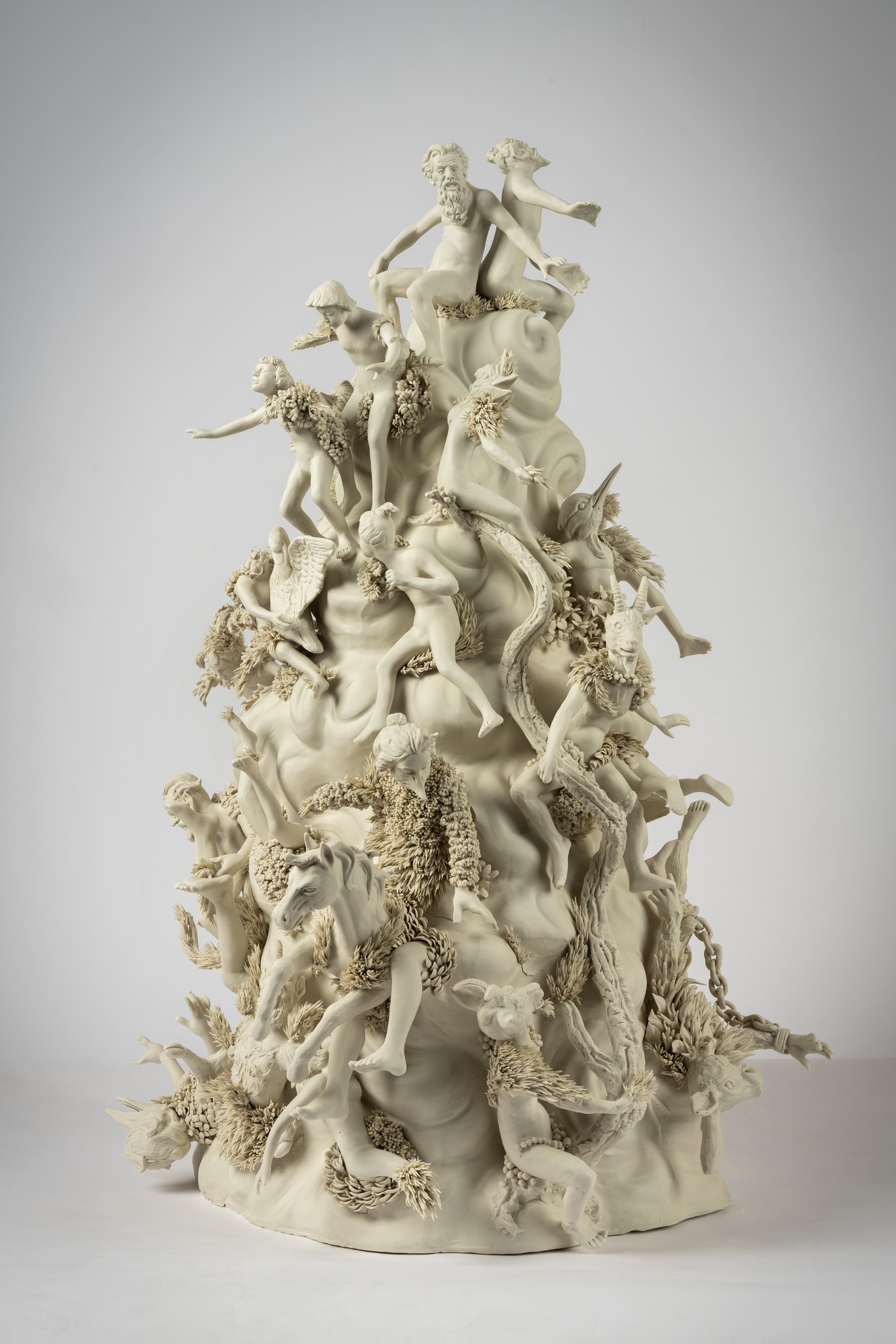
10 Oct TIO Seattle: Art Stops!
A stroll along Seattle’s storied waterfront is a must. Recently completed is the Overlook Walk at Salish Steps, just above the Ocean Pavilion, the new addition to the Seattle Aquarium. Olympic Sculpture Park, which includes Calder’s “The Eagle,” comes with the view.
We also dived into a few of the city’s stand-out museums.

Seattle Asian Art Museum:
The Seattle Asian Art Museum sits in its original 1933 Art Deco building in the Olmsted-designed Volunteer Park in the Capitol Hill neighborhood. Its renowned collection of Asian art has grown with its expansion from the foundations of Chinese and Japanese art to include works from India, Korea, Southeast Asia, the Himalayas, the Philippines, and Vietnam.

The historic landmark offers a deep dive into traditional masterpieces, along with contemporary Asian art, a plunge we took earlier this week mainly to check out the museum’s expansion.
A little over four years ago, the Seattle Asian Art Museum reopened after a two-year, $56 million dollar restoration, its first mega makeover since the Art Deco structure was built.
Online sources explain that the makeover included modernizing the building and its mechanical systems; expanding gallery and education space; and preserving the Deco facade. A glass-enclosed lobby towards the east side of the building enhances the connection between the museum and its surroundings in Volunteer Park.


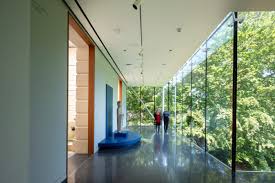
Courtesy, LMN architects
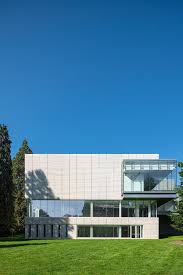
Image, courtesy, The New York Times.
An additional 3.5 million grant from the Andrew W. Mellon Foundation enabled the creation a conservation studio specifically designed to support the preservation, mounting and study of Asian paintings.
Now the museum can showcase more of its holdings, treasures clustered by theme, not geography or chronology. Works from different cultures and from ancient to contemporary times can now come together to tell stories about Asia in a non-linear narrative.
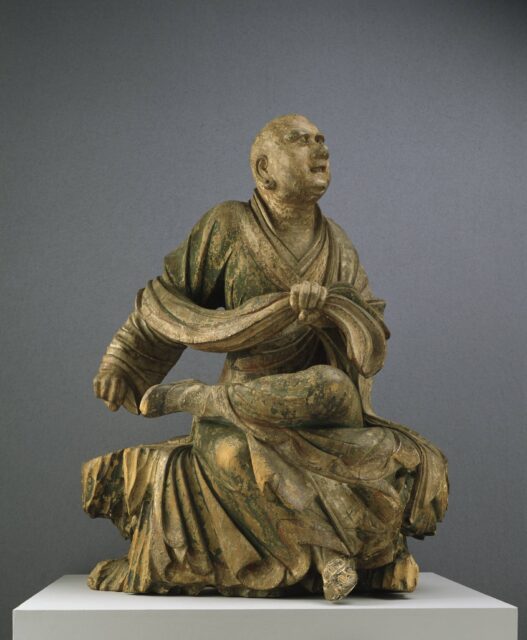
Image, courtesy Seattle Asian Art Museum.
Translation: Galleries are organized around 12 themes central to Asia’s arts and societies: worship and celebration, visual arts and literature, and clothing and identity are examples.
The south galleries feature art inspired by spiritual life; the north galleries show art inspired by material life. Some objects relate to both the spiritual and material realms and stand as testaments to art’s layered meanings.
“Each artwork tells its own story of when, where, how, and why it was made. But when seemingly disparate artworks are displayed together, meaningful connections and questions emerge. Explore our renowned collection and discover ideas across time and across Asia,” suggests the museum.
Now on display: Meot, Korean Art from the Frank Bayley Collection.
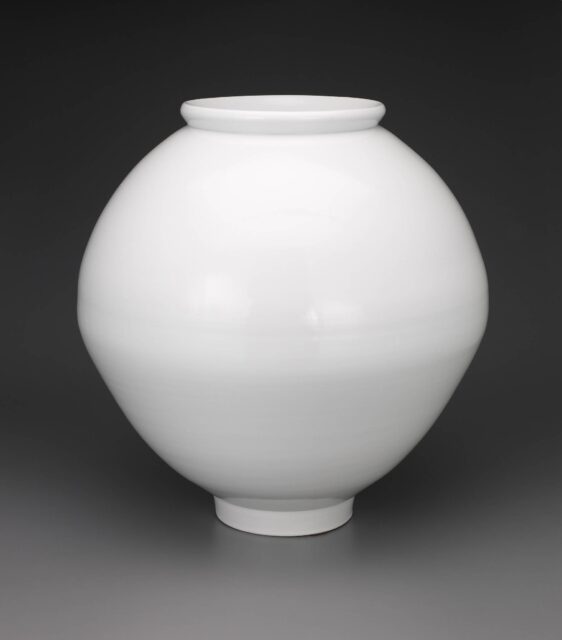
Image courtesy Seattle Asian Art Museum.
“The essence of the Korean term ‘meot’ encompasses charm, style, elegance, beauty, and creativity, along with highly refined aesthetic sensibilities. Frank Bayley (1939–2022), a generous art patron and distinguished collector of East Asian art along with Western prints and drawings, embodied the philosophy of meot as he appreciated and promoted Korean art and culture. The term describes not only his art collection but also his friendships, particularly with Korean artists. During his lifetime, he gifted 86 works to the Seattle Art Museum, and a significant bequest upon his passing contributed over 280 additional artworks to the museum.
“In tribute to Frank Bayley’s generosity and legacy, this exhibition highlights Korean artworks created by seven of his close artist friends, alongside traditional works that he cherished for nearly half a century. Featuring over 60 artworks, including ceramics, calligraphy, paintings, and wooden works, the Meot exhibition illustrates Bayley’s collecting vision: he admired both the continuity and innovation within traditional artworks and contemporary artistic expressions of Korean art. Similarly, the contemporary artists featured in the exhibition explore creativity while delving into Korean identities in their works and practices.”
Seattle Art Museum:
The Seattle Art Museum (SAM) houses disparate collections that add up to the joys of aesthetic experiences.
Collections include modern and contemporary, African, Meso-American, Ancient Mediterranean, Islamic, European, Oceanic and Australian Aboriginal, Asian, American, and decorative arts.
Calder: In Motion, through October 20, 2024:
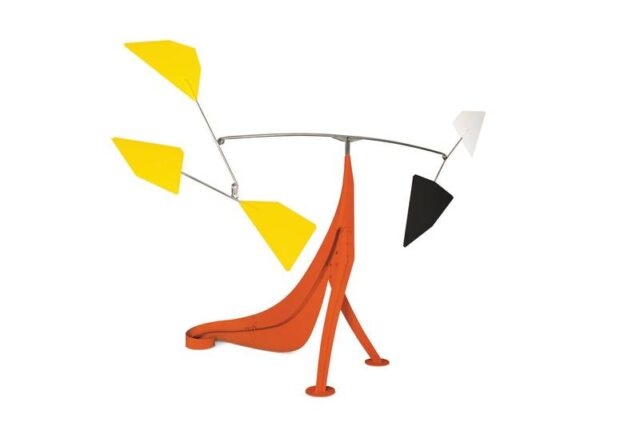
Red Curly Tail, courtesy SAM.
Alexander Calder changed the course of modern art with his three-dimensional kinetic sculptures, which Marcel Duchamp named “mobiles.” The work resonating with tenets of Futurism, Constructivism, and early non-objective painting,
Calder’s mobiles consist of boldly colored abstract shapes, made from industrial materials. The works hang in lyrical balance, liberating sculpture from stasis.
Calder was an international phenomenon during his lifetime and remains a celebrated icon.
“Calder: In Motion” celebrates a transformative gift to SAM by longtime supporters Jon and Kim Shirley, presenting to the public over 45 works from their collection for the first time.
Diego Cibelli: Fiori dei Miei/La Montagne Enchantêe, through May 10 2024:
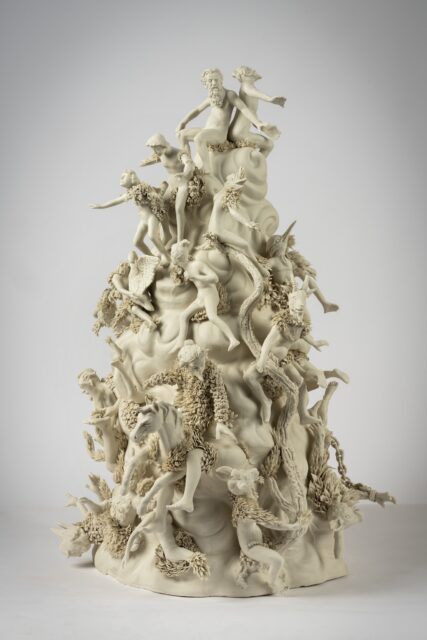
Cibelli’s masterpiece, courtesy SAM.
Per the museum:
“SAM’s ornate Porcelain Room features an evocative ceiling fresco, “The Triumph of Valor over Time” (ca. 1757) by the greatest Venetian artist of the eighteenth century, Giovanni Tiepolo.
“Contemporary artist Diego Cibelli presents a site-specific response to the famous painting with a freestanding porcelain sculpture set in the center of the room. Originally painted for the Porto family palace in Vicenza, Italy, Tiepolo’s design is an allegory in which Victory crowns the golden-robed figure of Valor with a laurel wreath, as Time watches helplessly from the shadows below.
“In response, Cibelli creates a mountainous peak in which human figures tumble down the craggy slopes, their bodies, in various states of free-fall, experience transformation into branches, leaves, and flowers—a return to nature.”
The directive to the artist was to create a piece that echoed and underlined the sense of awe experienced when viewing the fresco.
Mission accomplished.
Rembrandt’s Etching, through May 27, 2024:
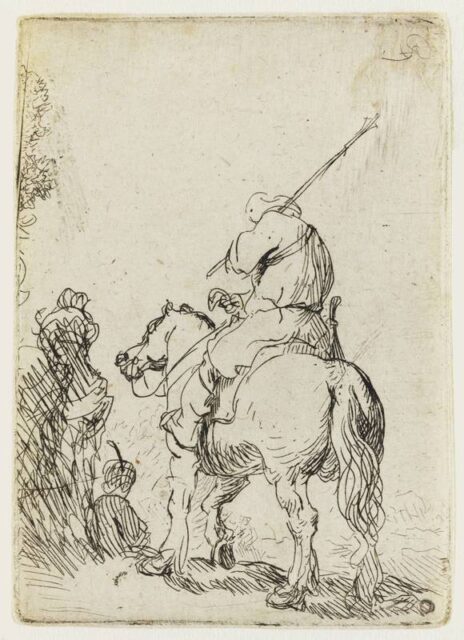
A Turbaned Soldier on Horseback, ca. 1632,, courtesy SAM.
The towering Dutch artist Rembrandt van Rijn (1606–1669) is among the best-loved, most revered mark-makers in the world. This jewel of a show reminds us of the artist’s technical and creative ingenuity on paper.
“In his early prints Rembrandt mastered etching, using acid to bite varying depths of lines he drew through a protective ground covering the copperplate. Single strokes established the edges of forms, and irregular patterns of cross-hatching suggested variations in light and shadow. He added further subtleties of tone with drypoint, scratching directly into the copperplate to make sharp strokes, throwing up ragged edges of burr that created lines with soft edges like lengths of yarn. Rembrandt achieved broader patterns of tone by biting the surface of his copperplates with brushstrokes of diluted acid.
“Rembrandt often changed the lines on his plates to revise his images, producing what are called new states of the plates. In his quest for richer atmospheric effects he learned to vary the amount of ink and thus the clarity of different parts of his plates. He discovered how to achieve further variations by printing on different types of European paper, parchment, or vellum, or on the oriental papers just beginning to be imported to Europe. In these ways Rembrandt treated his prints not as finished works, but as the bases for further experimentation or elaboration. As he grew older, Rembrandt became ever bolder, both in the individual strokes he used to create an image and in the radical changes he might make to it, explains the National Gallery of Art about an earlier show of the artist’s prints.
Exhibitions also worth noting include “Jacob Lawrence: American Storyteller” and “Yirrkala: Art from Australia’s Top End.”
Frye Art Museum:

Courtesy, Olson Kundig
The Frye Art Museum is located in Seattle’s First Hill neighborhood and remains the city’s only free art museum.
The Founding Collection, largely walls full of kitsch, was comprised primarily of late-19th and early-20th-century European art that was ultimately gifted in perpetuity to the people of Seattle by prominent early-2oth-century Seattle business leaders and art collectors Charles and Emma Frye.
Today, the Frye reflects Seattle’s evolving identity through exhibitions, programs, and community engagement, showcasing local and global artists who are exploring the issues of our time, as well as contemporary scholarship on historical subject matter.
The museum current focus is a 2024 election hot button issue: immigration and its twin, assimilation.
Up now is Hayv Kahraman”s “Look Me in the Eyes,” through February 2, 2025.
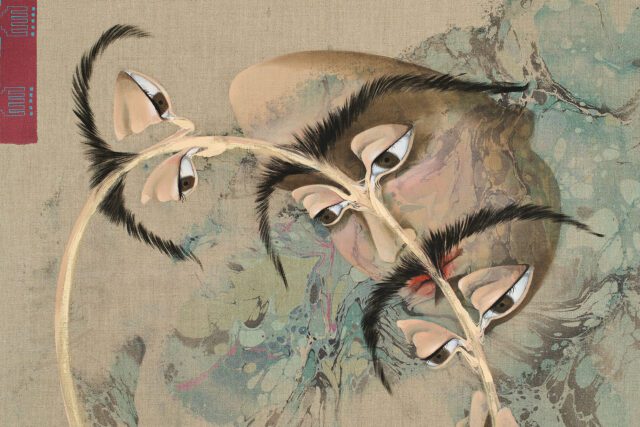
Kahraman, “Look Me in the Eyes,” courtesy Frye Museum.
The works in the show expose the simultaneous surveillance and erasure of Othered bodies. The exhibition features new work across mediums – paintings, large-scale sculptures – and a deeply personal audio installation of the artist’s mother’s frustrating engagement with immigration officials.
White, sometimes disembodied eyes offset faces that , for one thing, speak to government tracking through iris recognition technology. Also how Western systems of botanical classification support racist hierarchies.
Eerie, moving but still beautiful.
Mary Ann Peters’ “the edge becomes the center,” thought June 15, 2024:
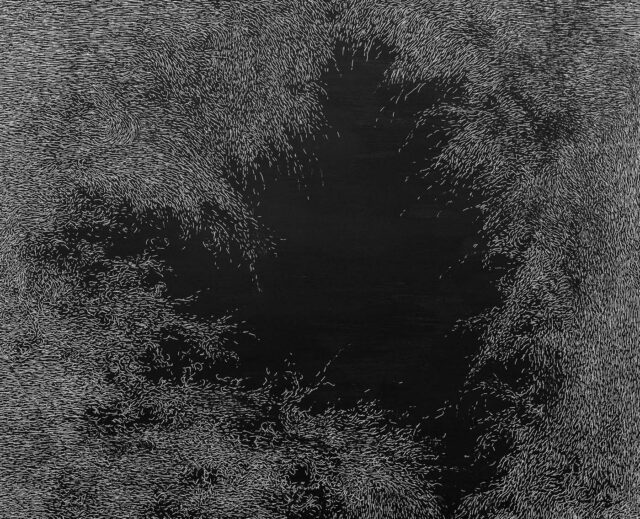
this trembling turf, courtesy Frye Museum.
The artist’s first solo museum exhibition, “the edge becomes the center” brings together for the first time Peters’s series “this trembling turf”and presents it alongside a new site-specific installation.
“this trembling turf” encompasses10 abstract drawings the artist crafted by applying thin strokes of white ink to black clay board.
The installation continues Peters’ ongoing impossible monuments series, large-scale works of disparate materials and forms that memorialize disregarded details of sociopolitical events.
The artist’s all-over paintings are simply elegant, if chilling.
The chilling part echoing our world today.


Sorry, the comment form is closed at this time.